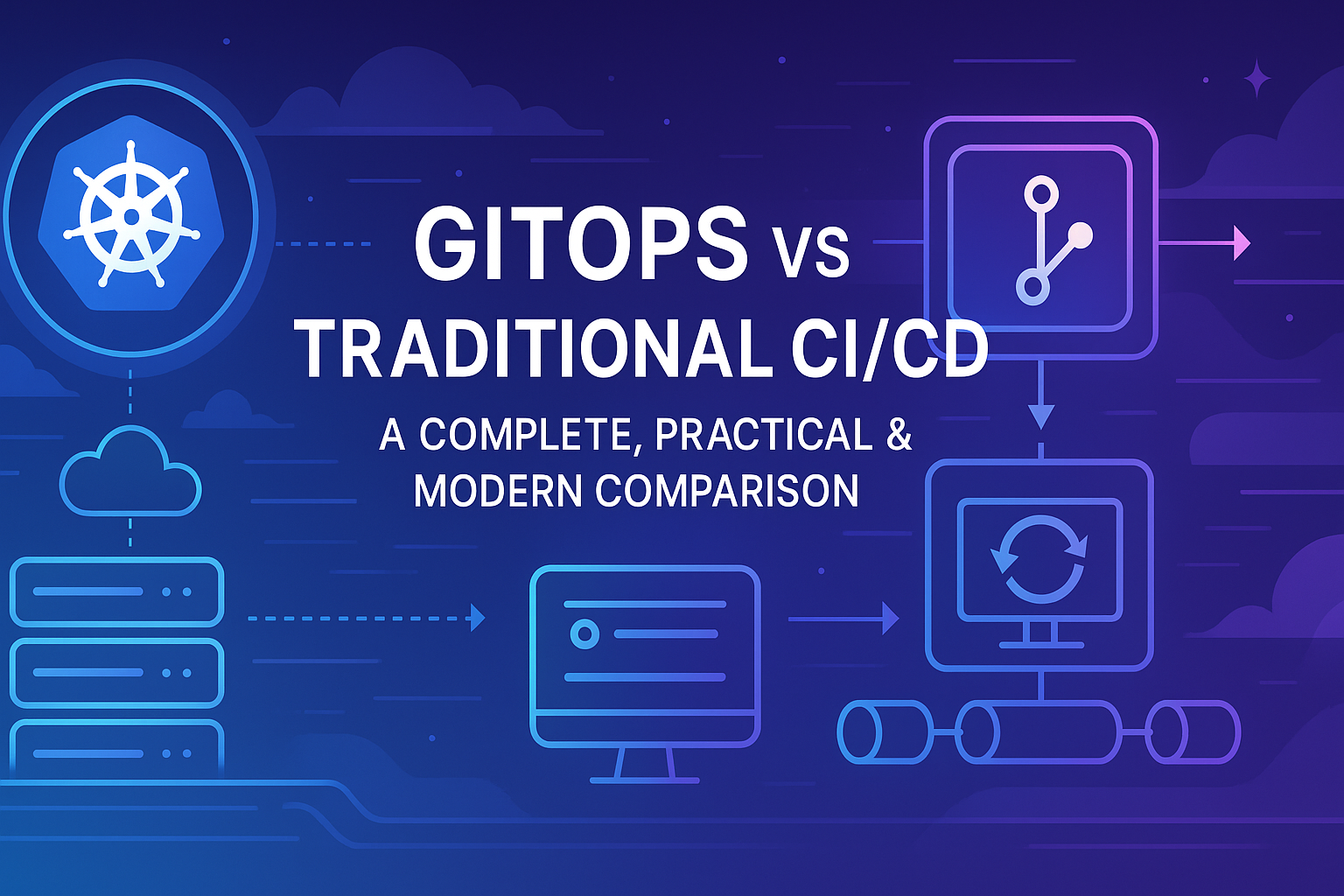How to Optimize Docker Images for Production (2025): Reduce Size by 80% with These Proven Techniques
*By DevOps Enginer – Container Optimization Series* *Published: 2025*
Introduction: Docker Makes Deployment Fast — But Bloated Images Slow Everything Down
Large images increase build time, network transfer time, cold starts, and even your cloud bill. In 2025, engineering teams are aggressively optimizing container size and security to ship faster and reduce costs.
In this guide, you'll learn 15 production-ready Docker optimization tactics that can cut your image size by up to 80% while improving performance, security, and CI/CD stability.
🚀 Why Docker Image Optimization Matters in 2025
### 1. Faster CI/CD Pipelines
Large images mean slow pushes and pulls. A single 2GB image in CI/CD can waste 10+ minutes per build.
### 2. Cheaper Cloud Infrastructure
Containers stored in ECR, GCR, ACR, or Docker Hub cost real money. Smaller images = lower storage + bandwidth cost.
### 3. Faster Autoscaling
Kubernetes nodes start quicker when they pull smaller images → rapid scaling during traffic spikes.
### 4. Lower Attack Surface
Every unnecessary package is a potential vulnerability.
### 5. Better Developer Experience
Smaller images reduce onboarding time and local environment headaches.
🔥 15 Proven Ways to Reduce Docker Image Size (Up to 80%+)
Let's go deep — with real examples for Node.js, Python, Go, and general Docker best practices.
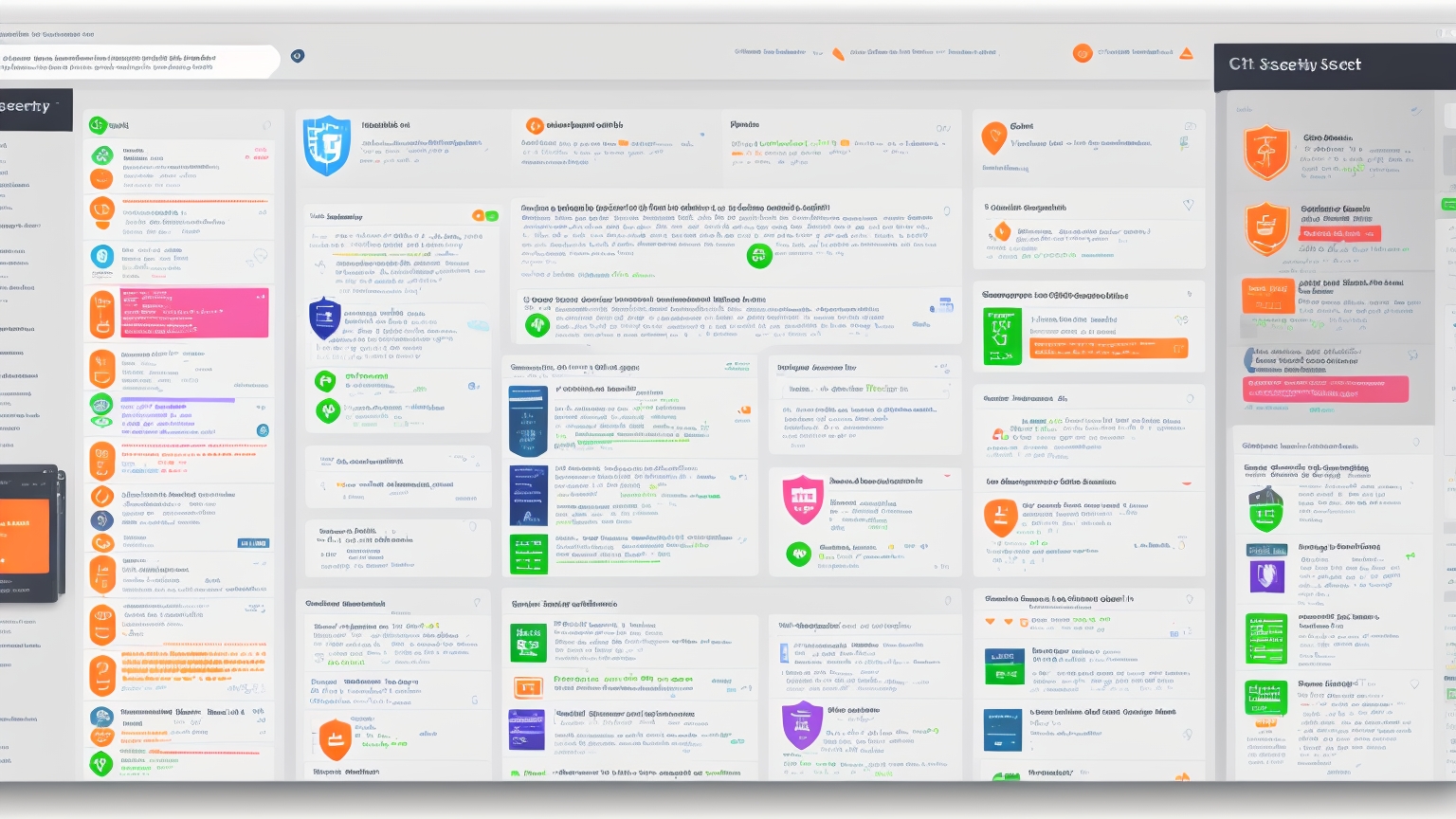
1. Use Alpine, Slim, or Distroless Base Images
The default 'latest' tags are TOO LARGE.
| Base Image | Size (approx) |
|---|---|
| ubuntu:latest | 75MB |
| node:latest | 400MB |
| python:latest | 350MB |
| node:alpine | 10MB |
| python:slim | 60MB |
| distroless/base | 1–8MB |
Example:
FROM node:18-alpineWarning (2025 update):
- Alpine + musl may break some Python, Node, or Go packages.
- If compatibility issues appear → use debian-slim.
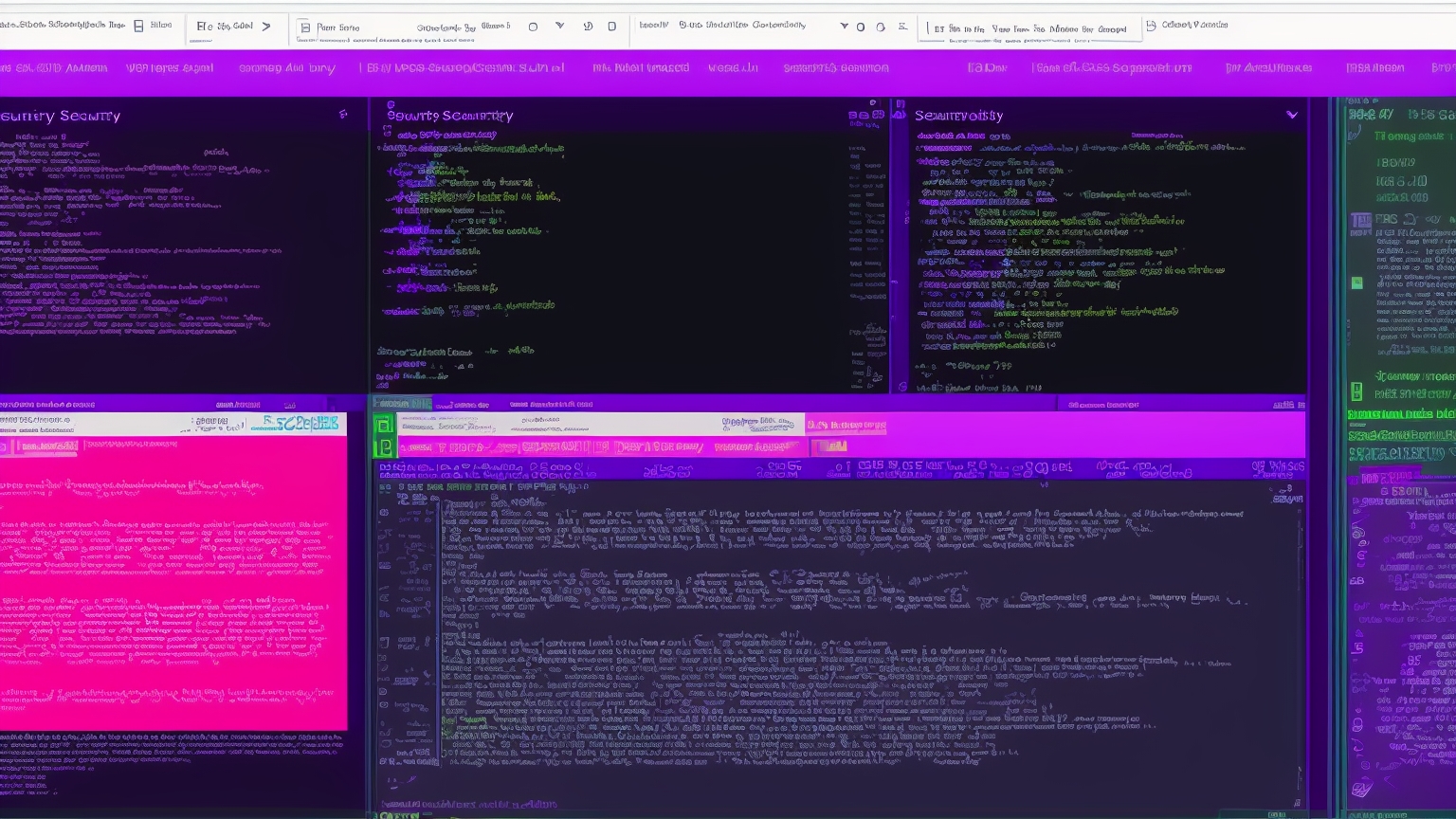
2. Multi-Stage Builds (Most Important Optimization)
Build heavy dependencies first → then copy only the required artifacts.
Example for Node.js:
# Stage 1: Build
FROM node:18-alpine as builder
WORKDIR /app
COPY package*.json .
RUN npm ci
COPY . .
RUN npm run build
# Stage 2: Runtime
FROM node:18-alpine
WORKDIR /app
COPY --from=builder /app/dist ./dist
COPY --from=builder /app/node_modules ./node_modules
CMD ["node", "dist/index.js"]This alone cuts image size by 60–70%.

3. Avoid Installing Dev Dependencies in Production
Node.js:
RUN npm ci --only=productionPython:
RUN pip install --no-cache-dir -r requirements.txt
4. Copy Only What You Need
Never do:
COPY . .Instead:
COPY package*.json ./
COPY src ./src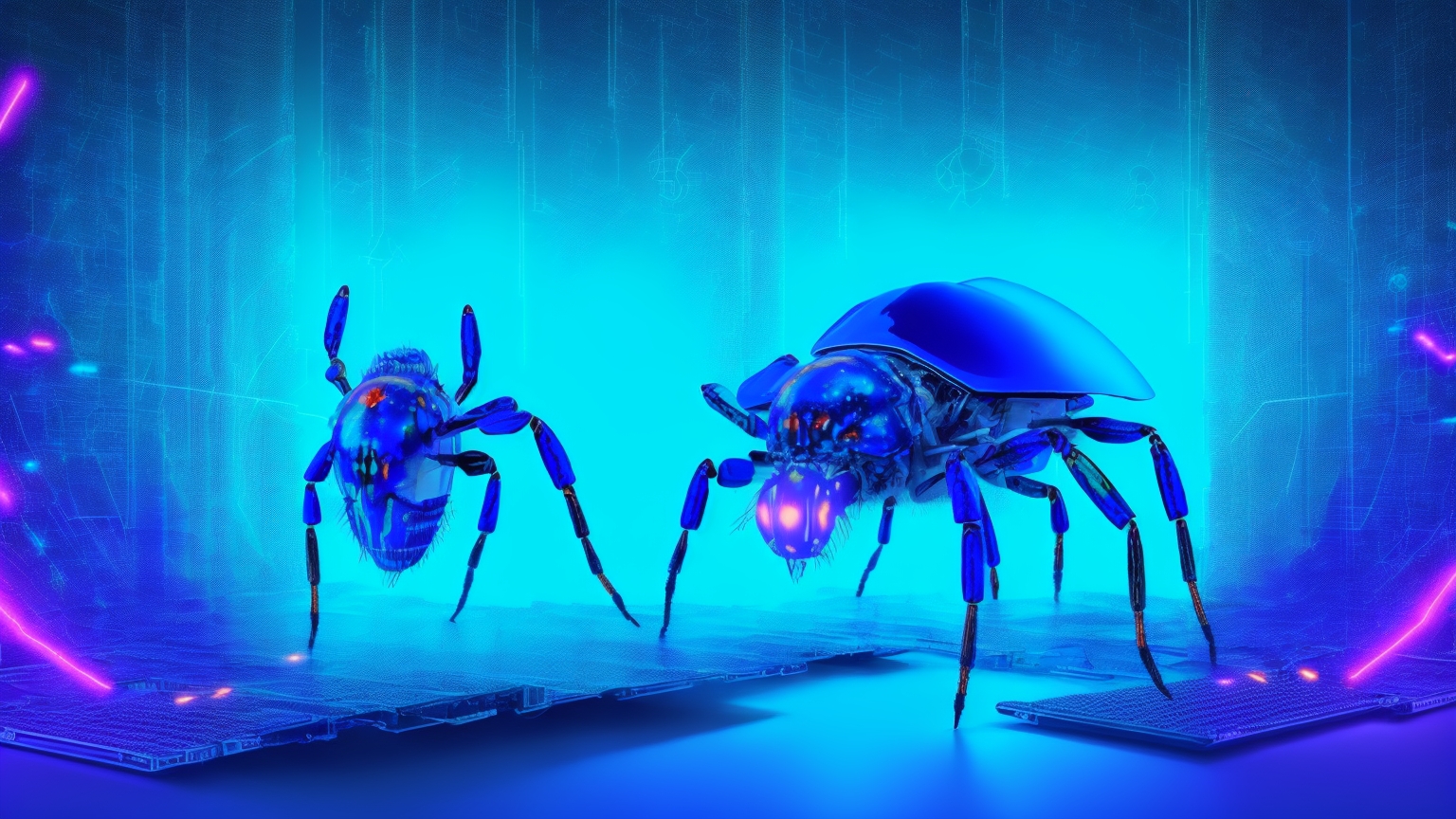
5. Clean Up Package Managers
Node:
RUN npm cache clean --forcePython:
RUN rm -rf /root/.cache/pip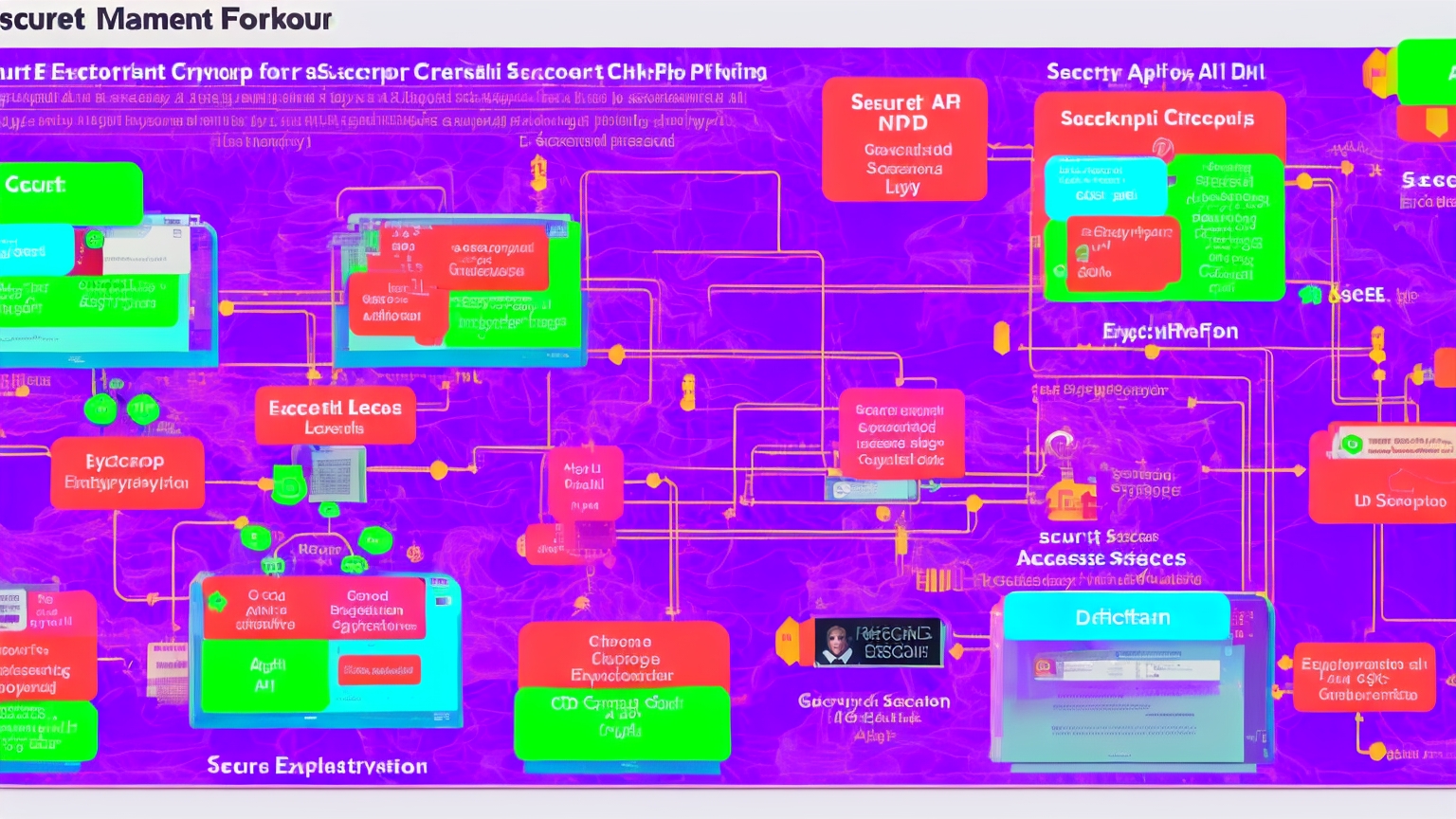
6. Use .dockerignore Properly
Most images contain these by mistake:
node_modules
.git
logs
tests
docsExample .dockerignore:
node_modules
.git
*.log
.env
Dockerfile*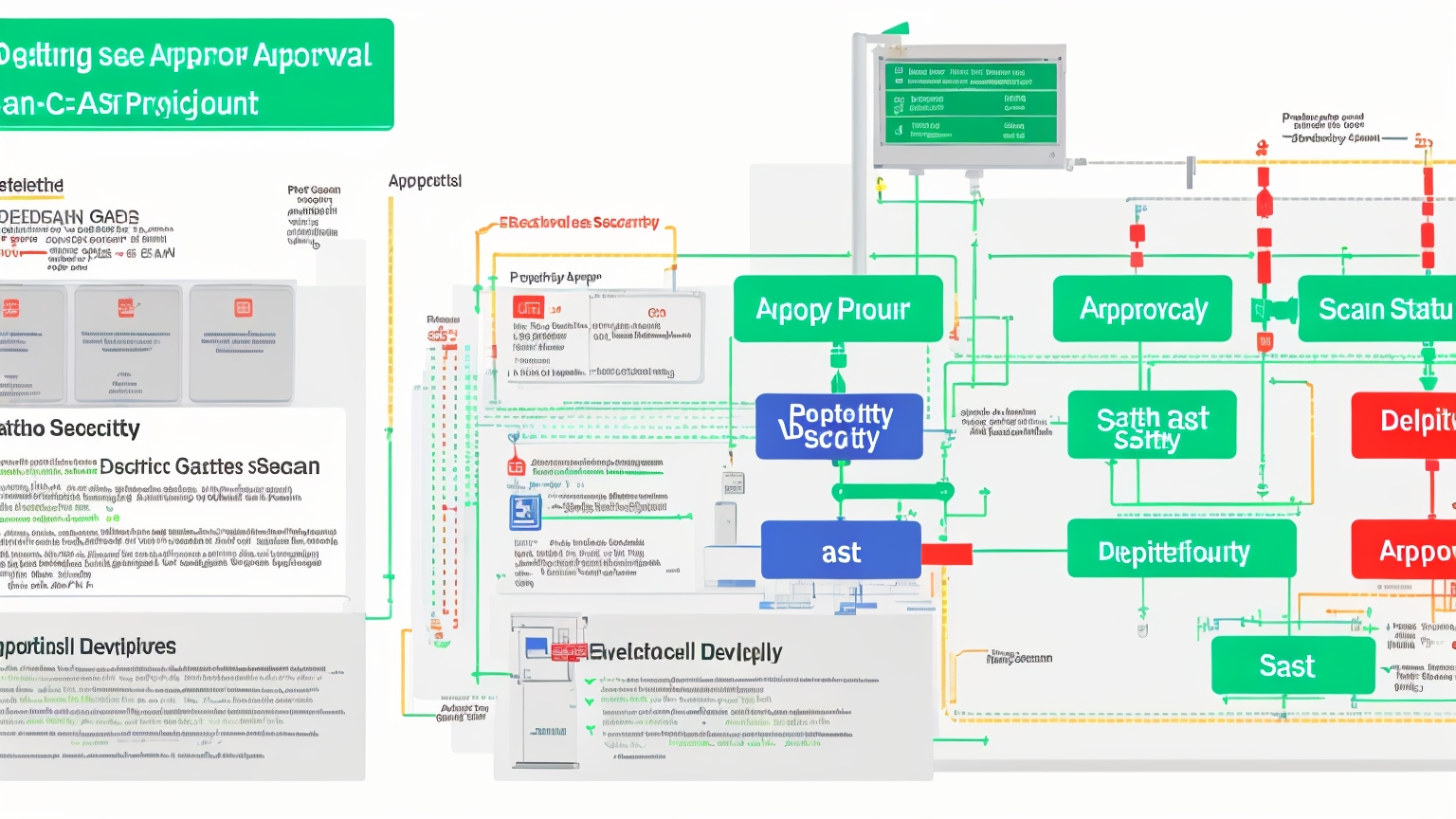
7. Install Only Required System Libraries
Bad:
RUN apk add --no-cache build-base git curlGood:
RUN apk add --no-cache curl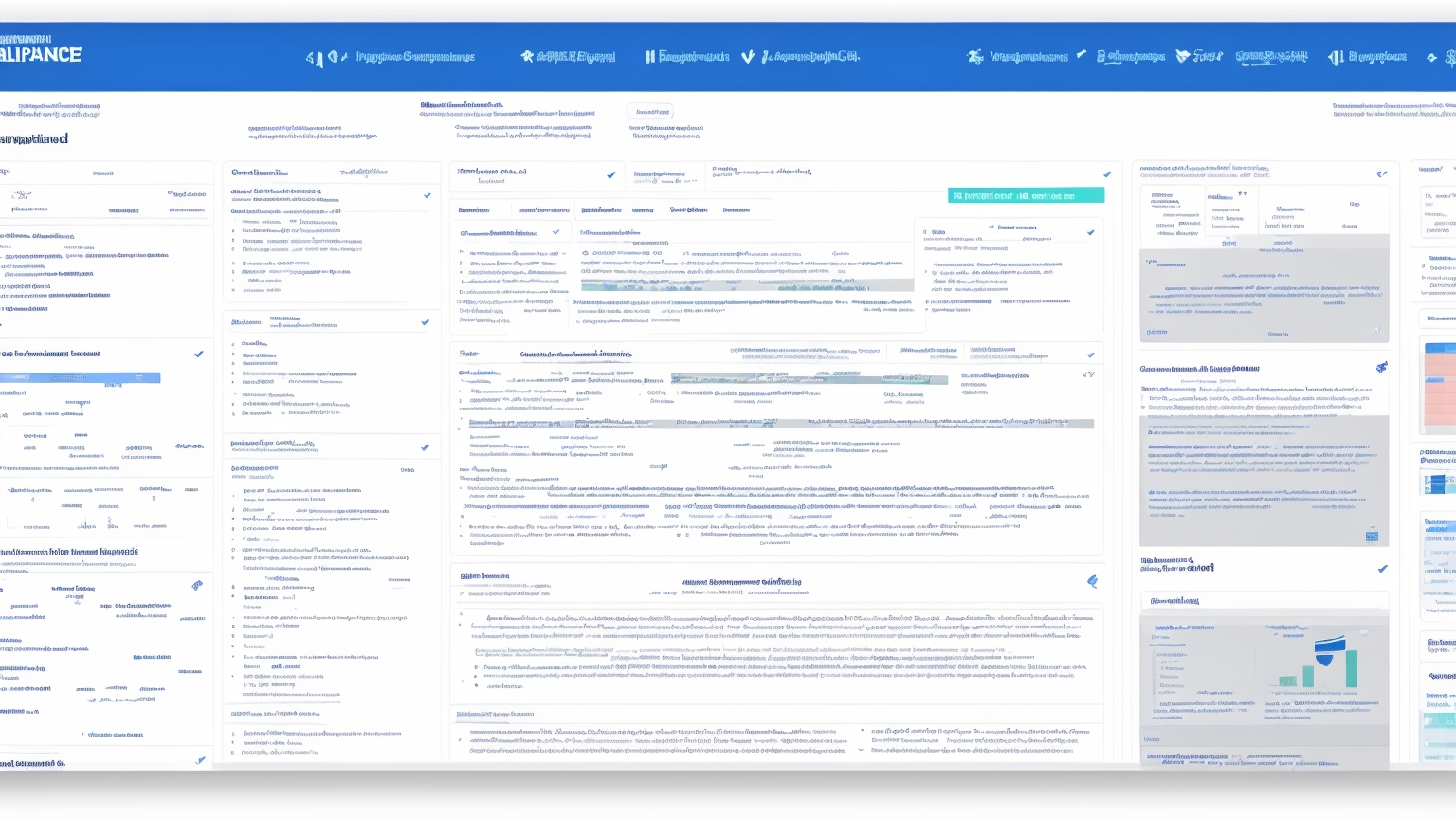
8. Use Distroless for Maximum Security + Minimum Size
Distroless contains no shell and almost no tools → production-grade.
FROM gcr.io/distroless/nodejs18
COPY dist .
CMD ["index.js"]Reduces attack surface by 90%.
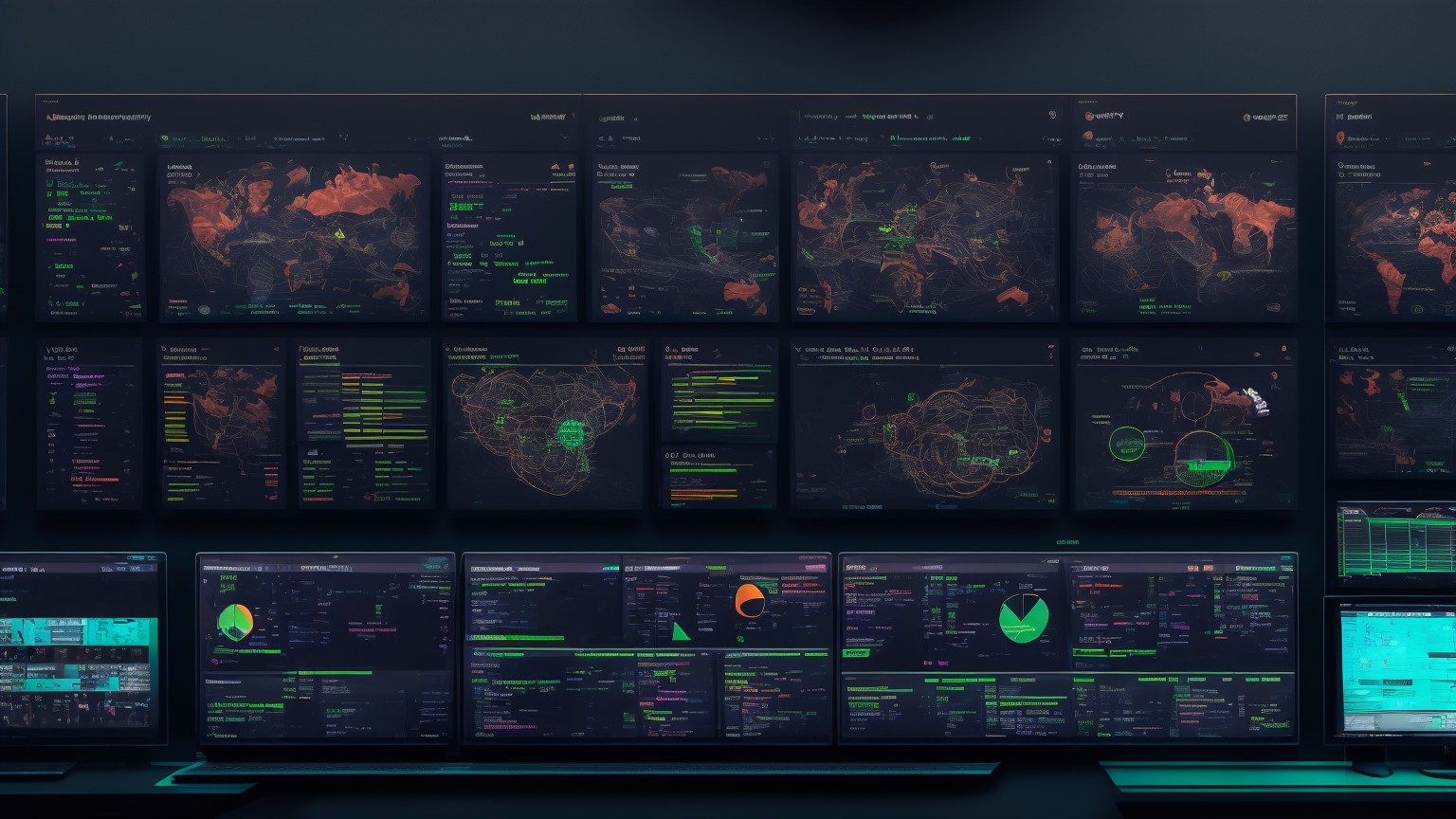
9. Group RUN Commands to Reduce Layers
Bad:
RUN apk update
RUN apk add curl
RUN apk add bashGood:
RUN apk update && apk add --no-cache curl bash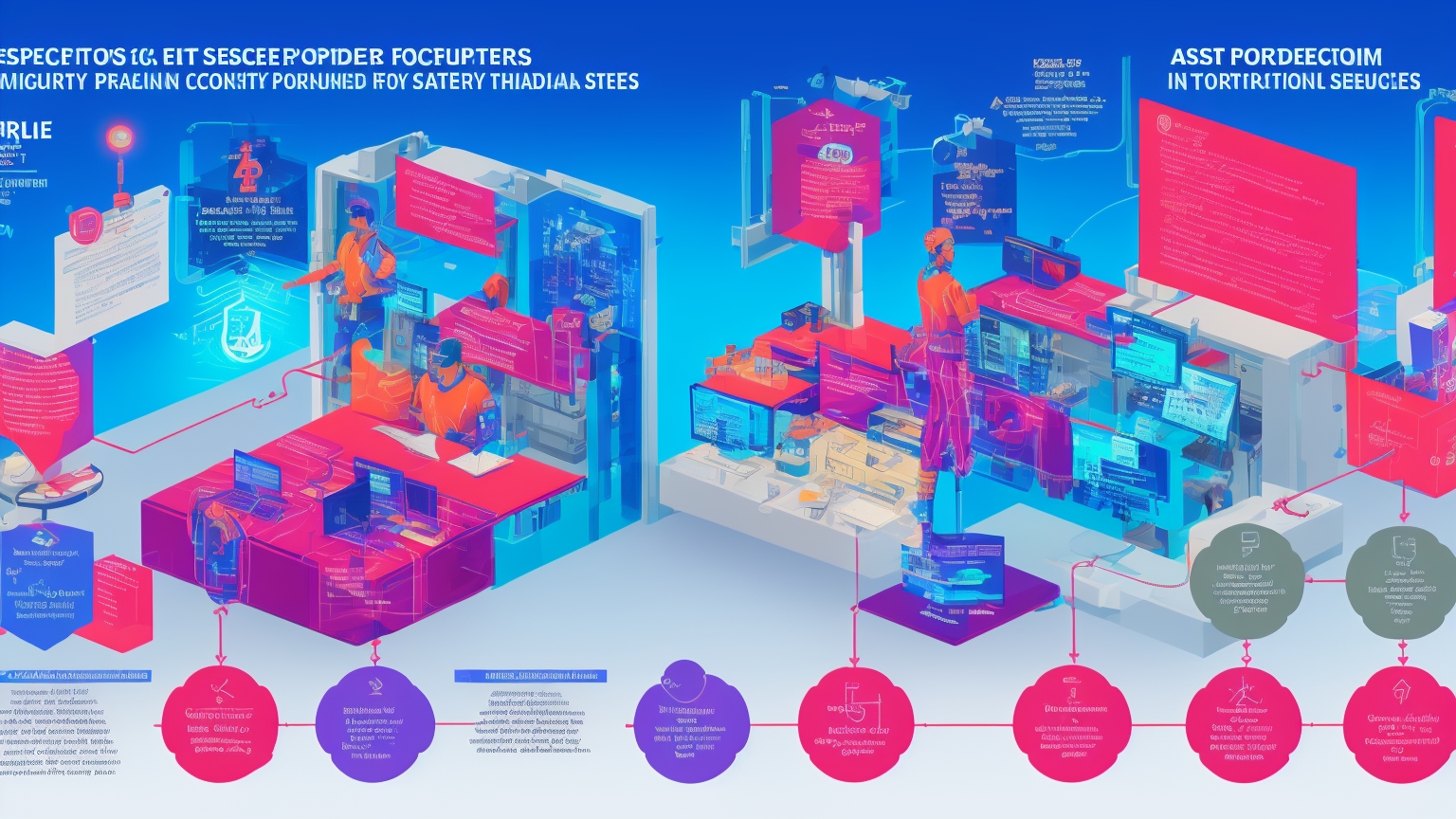
10. Use --no-install-recommends for Debian/Ubuntu
RUN apt-get update && apt-get install -y --no-install-recommends \
curl \
ca-certificates \
&& rm -rf /var/lib/apt/lists/*Removes unnecessary packages.
11. Compress Static Assets Before Building
- Minify JS/CSS
- Compress images
- Remove unused files
- Inline small assets
Smaller assets = smaller final image.
12. Use Build Caching (2025 Update)
Modern registries support dedicated layer caching:
- GitHub Actions Cache
- GitLab Remote Cache
- Docker Buildx Cache
- AWS CodeBuild Cache
- Google Cloud Build Cache
Buildx example:
docker buildx build --cache-to=type=local,dest=./cache \
--cache-from=type=local,src=./cache .13. Analyze Image with Dive (Must Use)
brew install dive
dive myimage:latestYou'll see every layer, size, and files causing bloat.
14. Remove Shells and CLI Tools in Final Images
Instead of shipping debugging tools in production:
❌ curl ❌ wget ❌ nano ❌ bash ❌ git
Use them only in build stage → not in final runtime.
15. Use Docker Slim (Optional but Powerful)
Automatically reduces image size:
docker-slim build myimage:latestCaution 2025: Some apps fail due to aggressive stripping. Test in staging.
🔥 Real Example: Reducing a Node.js Image from 1.2GB → 120MB
| Technique Applied | Size |
|---|---|
| Start: node:latest | 1.2GB |
| Switch to alpine | 180MB |
| Multi-stage build | 120MB |
| Remove dev deps | 95MB |
| Distroless | 78MB |
Total reduction: 93.5%
🛡️ Security Optimization Checklist (2025 Update)
Use non-root user:
USER nodeAdd HEALTHCHECK:
HEALTHCHECK CMD curl -f http://localhost:3000/health || exit 1Enable image signing:
- AWS ECR Signing
- Cosign
- Docker Content Trust
Scan images with:
- Trivy
- Snyk
- AWS Inspector
🚀 CI/CD Best Practices for Docker Optimization
### 1. Build once, deploy everywhere
Never rebuild images per environment.
### 2. Tag images properly
service:1.0.0
service:1.0-latest
service:prod-2025-11-14### 3. Automate scanning + size thresholds
Fail CI if image grows unexpectedly.
🏁 Final Thoughts — Docker Optimization Is Now a Must
In 2025, bloated Docker images hurt your:
- Performance
- Reliability
- Security
- Cloud bill
- Developer productivity
By adopting the techniques above, most engineering teams can reduce their image size by 50–90% — with no functional changes to their apps.
Key Takeaways:
✓ Use Alpine, Slim, or Distroless base images ✓ Implement multi-stage builds (biggest impact) ✓ Avoid dev dependencies in production ✓ Use .dockerignore properly ✓ Clean up package manager caches ✓ Group RUN commands to reduce layers ✓ Analyze images with Dive ✓ Scan for vulnerabilities continuously ✓ Automate optimization in CI/CD
Start optimizing today — your CI/CD pipeline, cloud bill, and security team will thank you.
---
Further Reading
- How to Build a CI/CD Pipeline with GitHub Actions (2025)
- Kubernetes Deployment Strategies 2025
- DevSecOps Checklist: Securing Your CI/CD Pipeline in 2025
*Need help optimizing your Docker images? Let's connect.*



